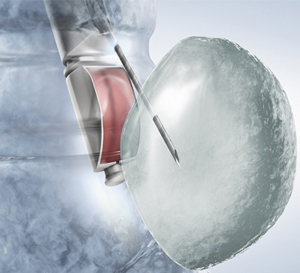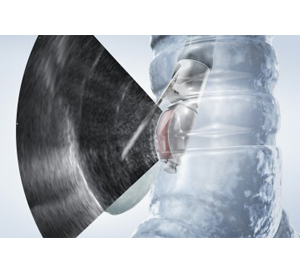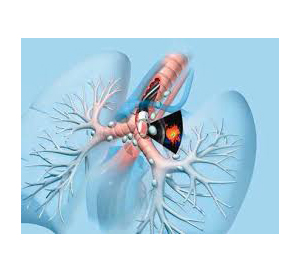Frequently Asked Questions
Endobronchial ultrasound transbronchial needle aspiration (EBUS-TBNA) is a reliable and an established technique, which can be perceived as the current gold standard that enables visualisation and sampling of mediastinal or hilar lymph nodes under real time ultrasound guidance.




EBUS TBNA procedure is most often performed under local anaesthesia and sedation or short general anthesia on day care basis. Sometimes patients may need to be hospitalised.
The dedicated EBUS TBNA broncoscope is passed orally through the vocal cords into the airway. The mediastinal and hilar lymph nodes are visualised on the monitors using the ultrasound probe at the tip of bronchoscope. The EBUS-TBNA needle is inserted into the lymph nodes under real time ultra sound guidance and samples obtained.


No. EBUS-TBNA is not a painful procedure.Some patients may experience a sore throat after EBUS TBNA.
Once the procedure is completed (typically 20-30 minutes), you will remain under observation for a couple of hours while the effects of the medications wear off.
Once the procedure is completed (typically 20-30 minutes), you will remain under observation for a couple of hours while the effects of the medications wear off.
The most results from tissue samples are usually available in 7 days, but sometimes further tests such as TB culture may need to be done on the samples and this can take longer.
EBUS (endobronchial ultrasound) bronchoscopy is a procedure used to diagnose different types of lung disorders, including infections, cancer or inflammation
Mediastinal & hilar lymph nodes are anatomic structures that play an important role the body's lymphatic system. They are located in a region of the body called the mediastinum, which is part of the chest cavity between the heart and lungs.


The diagnosis yield on EBUS –TBNA may vary from 74% to 95%. In our recently published scientific paper, the diagnostic yield in our setting was 89%.
